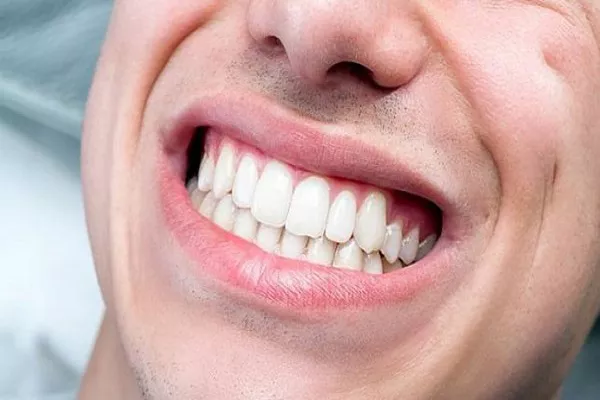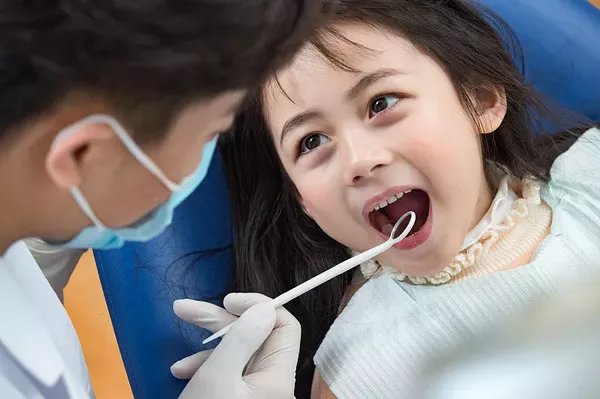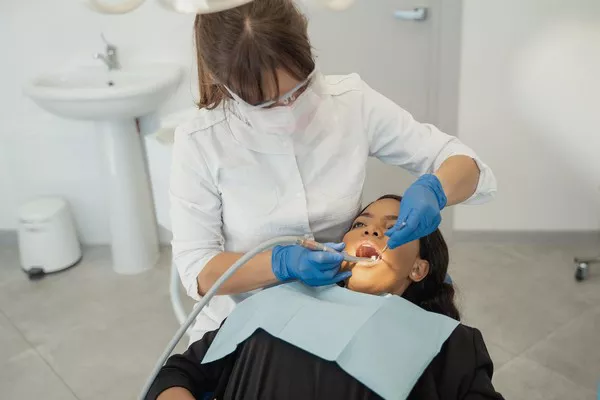Dental fillings are a common dental procedure aimed at restoring teeth damaged by decay or trauma. While the procedure itself is relatively straightforward, understanding what to expect after a tooth filling can help alleviate any concerns and ensure proper post-treatment care. In this article, we’ll delve into the immediate aftercare, sensitivity and pain, eating and drinking guidelines, oral hygiene post-filling, potential complications, long-term care, follow-up procedures, and contact information for your dental office.
Immediate Aftercare
Immediately after getting a tooth filling, it’s essential to be cautious as the anesthetic wears off. The numbing effect of the anesthesia can lead to accidental biting of the cheek, lips, or tongue. To prevent this, refrain from eating until the feeling in your mouth returns completely. Be mindful of hot beverages as well, as you might not be able to gauge their temperature accurately until the anesthesia wears off entirely.
Sensitivity and Pain
It’s normal to experience some sensitivity to temperature and pressure after a tooth filling. This sensitivity can last for a few days to a couple of weeks, depending on the type of filling material used and the extent of the procedure. Mild to moderate pain may also occur, especially if the decay was deep or if the tooth had significant damage. Over-the-counter pain relievers like ibuprofen or acetaminophen can help alleviate discomfort. However, if the pain persists or worsens over time, it’s essential to contact your dentist.
Eating and Drinking
Following a tooth filling, it’s best to stick to soft foods that require minimal chewing for the first 24 hours. Avoid consuming hot or cold foods and beverages, as they can exacerbate sensitivity. Acidic foods and drinks, such as citrus fruits and carbonated beverages, should also be avoided as they may irritate the filled tooth and surrounding tissues. Gradually reintroduce solid foods as your comfort allows, but be gentle while chewing to avoid putting undue pressure on the filled tooth.
Oral Hygiene Post-Filling
Maintaining proper oral hygiene is crucial after getting a tooth filling. However, it’s essential to be gentle around the filled tooth, especially during the first few days when sensitivity and tenderness are common. You can resume brushing and flossing the filled tooth as usual, but opt for a soft-bristled toothbrush and gentle flossing technique to avoid irritating the area. If you experience bleeding or significant discomfort while brushing or flossing, consult your dentist for guidance.
Potential Complications
While complications after a tooth filling are rare, they can occur. Sharp edges on the filling may irritate the tongue or cheeks, leading to discomfort or sores. Additionally, if the filling is too high or uneven, it can affect your bite and cause pain in adjacent teeth or jaw muscles. If you experience any of these issues, contact your dentist promptly for an adjustment. In some cases, recurrent decay or damage to the filling material may occur, requiring replacement or repair of the filling.
Long-Term Care
To ensure the longevity of your tooth filling and prevent future cavities, it’s essential to practice good oral hygiene and make healthy dietary choices. Brush your teeth twice a day with fluoride toothpaste, floss daily, and rinse with an antimicrobial mouthwash to remove plaque and bacteria. Limit your intake of sugary and acidic foods and drinks, as they can contribute to tooth decay and erosion. Consider incorporating more tooth-friendly foods such as dairy products, fruits, vegetables, and lean proteins into your diet to support overall dental health.
Follow-Up
After getting a tooth filling, your dentist may recommend scheduling a follow-up appointment to ensure that the filling is properly set and functioning well. During this visit, your dentist will examine the filled tooth, check for any signs of complications, and make any necessary adjustments. Even if everything feels fine, it’s essential to attend regular dental check-ups to monitor the health of your teeth and address any concerns promptly.
Contact Information
If you have any questions or concerns about your tooth filling or experience any complications after the procedure, don’t hesitate to contact your dental office. They will be able to provide guidance, schedule follow-up appointments, or address any issues that may arise. Remember, proactive communication with your dentist is key to maintaining optimal oral health and ensuring the success of your dental treatment.
Conclusion
Knowing what to expect after a tooth filling can help you navigate the recovery process with confidence. By following the provided guidelines for immediate aftercare, sensitivity and pain management, eating and drinking, oral hygiene, potential complications, long-term care, and follow-up procedures, you can promote healing and maintain the health of your filled tooth. If you have any concerns or require further assistance, don’t hesitate to reach out to your dental office for support.
FAQs About Tooth Fillings
1. How long does it take for a tooth to heal after filling?
The healing time for a tooth after filling can vary depending on several factors, including the extent of the filling, the type of filling material used, and individual healing abilities. In general, most people experience some degree of sensitivity or discomfort immediately after the procedure, which typically subsides within a few days to a couple of weeks. However, the tooth itself should be fully healed within a few days, and you should be able to resume normal activities without any issues.
2. How long will my teeth hurt after fillings?
It’s normal to experience some degree of discomfort or sensitivity in the filled tooth after the procedure. This discomfort can range from mild to moderate and may last for a few days to a couple of weeks. Over-the-counter pain relievers like ibuprofen or acetaminophen can help alleviate discomfort during this time. However, if the pain persists or worsens over time, it’s essential to contact your dentist for further evaluation, as it may indicate a complication that needs to be addressed.
3. What are the do’s and don’ts after teeth filling?
Do’s:
- Be gentle with your filled tooth while eating and brushing to avoid putting undue pressure on it.
- Follow your dentist’s instructions for oral hygiene, including brushing and flossing as usual.
- Eat soft foods that require minimal chewing for the first 24 hours after the filling.
- Use a soft-bristled toothbrush and gentle flossing technique to avoid irritating the filled tooth.
- Stay hydrated and rinse your mouth with water after eating to help remove any food particles.
Don’ts:
- Avoid consuming hot or cold foods and beverages, as they can exacerbate sensitivity in the filled tooth.
- Steer clear of sticky or hard foods that may dislodge or damage the filling.
- Refrain from smoking or using tobacco products, as they can delay healing and increase the risk of complications.
- Don’t chew on hard objects like ice or pens, as they can crack or damage the filling.
- Avoid abrasive toothpaste or harsh mouthwashes that may irritate the filled tooth or surrounding tissues.
4. How soon after filling can you eat?
It’s generally safe to eat soft foods and drink liquids immediately after getting a tooth filling. However, it’s best to wait until the anesthesia wears off completely to prevent accidentally biting your cheek, lips, or tongue. For the first 24 hours after the filling, stick to soft foods that require minimal chewing to avoid putting undue pressure on the filled tooth. Gradually reintroduce solid foods as your comfort allows, but be gentle while chewing to prevent any discomfort or damage to the filling.
































